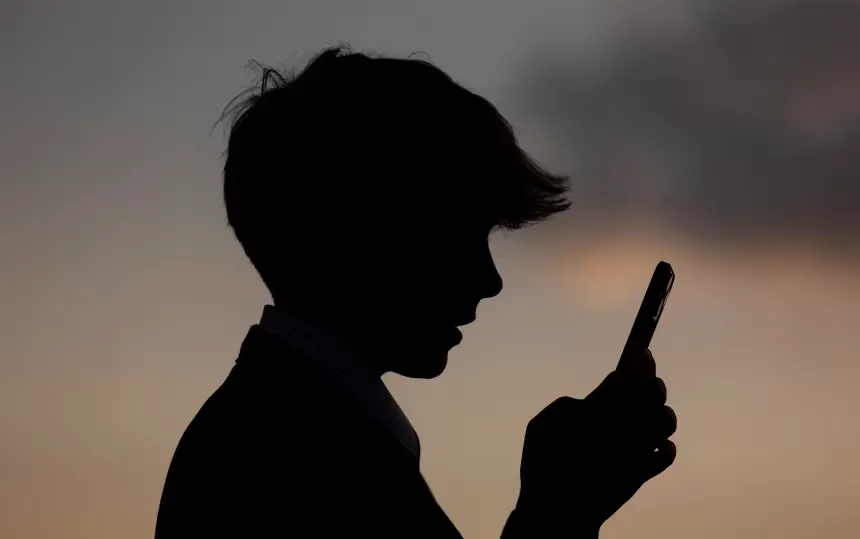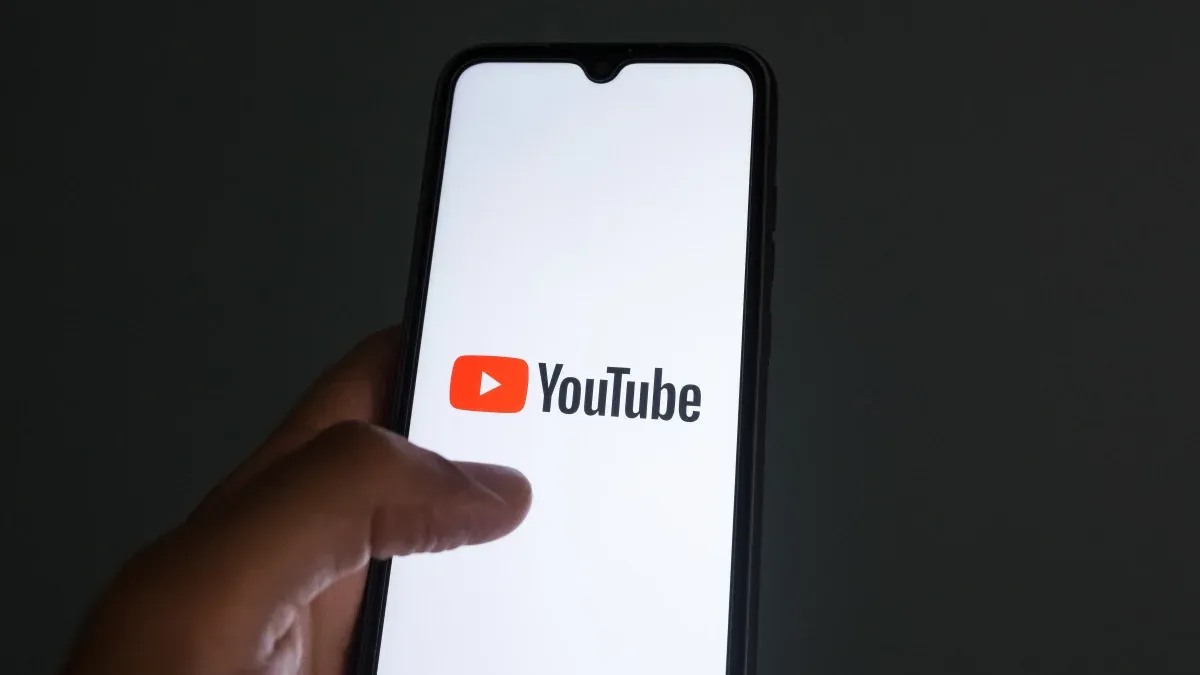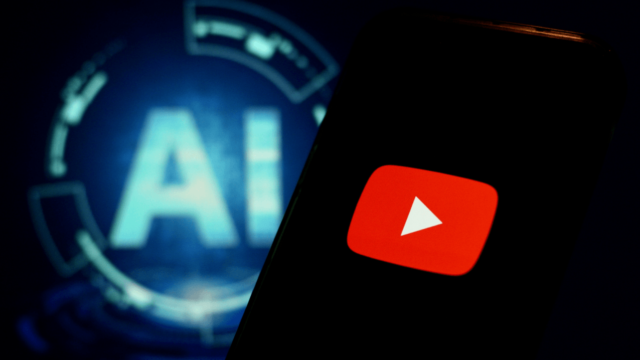YouTube is about to start guessing your age using artificial intelligence. If it thinks you are under 18, your experience on the platform could change fast. And if it guesses wrong, you might need to show a government ID or your face to prove it.
YouTube age verification will not rely on your birthdate anymore

Starting this week, YouTube will use AI to analyze user behavior and determine whether someone is a minor. The system is being tested in the United States first and will expand later. This change comes as part of a broader campaign to strengthen online protections for teenagers and kids.
Instead of relying on the birthdate entered at sign-up, YouTube will look at what videos you watch, what you search for, and how long your account has been active. If the system flags you as under 18, it will automatically turn on teen safety measures.
Those include content filters, disabled ad personalization, and reminders to take breaks. Users caught by mistake will have to verify their age using an ID, credit card, or selfie.
Not everyone is excited about the new age verification
The idea of AI deciding your age has already sparked backlash online. Some users are concerned about handing over private documents just to watch certain videos. Others worry about how long YouTube will store that sensitive data.
Privacy advocates say requiring a credit card or biometric verification could raise major concerns. And since the appeals process involves uploading personal documents, many feel that users will be forced to trade privacy for access.
A spokesperson for YouTube said the company uses advanced security to protect data and that none of the ID or credit card info will be saved for advertising.
Why YouTube is taking this step now
YouTube is not acting alone. Social media platforms have come under intense pressure from lawmakers and regulators to do more to protect young users. For years, teens have easily bypassed age rules by entering a fake birthdate.
Now, laws like the UK’s Online Safety Act are forcing platforms to verify user ages in new ways. That law went into effect last month and applies to platforms like Reddit, Discord, and TikTok.
Meta and Instagram have also begun using AI to catch underage users and enforce safety limits. YouTube says its own age detection system has already been tested in other countries with promising results.
How the system actually works
YouTube’s AI looks at logged-in accounts only. It checks patterns in viewing history and user interaction to determine age. That means anyone signed out of YouTube can still access content, but they will not be able to view age-restricted videos.
Users flagged as underage will immediately see their accounts switched into a protected mode. These changes cannot be disabled unless you prove your age with one of the accepted methods.
Here is what may happen if you are flagged by the system:
- Teen safety mode turns on by default
- Personalized recommendations are adjusted
- Repetitive content viewing is limited
- Ads stop being tailored to your activity
- Sensitive video categories are blocked
YouTube age verification brings safety but raises questions
For some, this system is a smart response to a growing issue. For others, it is a privacy concern waiting to happen. Either way, YouTube is drawing a new line — one that uses AI to decide who sees what.
The real risk may not be bad guesses. It may be what you have to give up to correct them.














